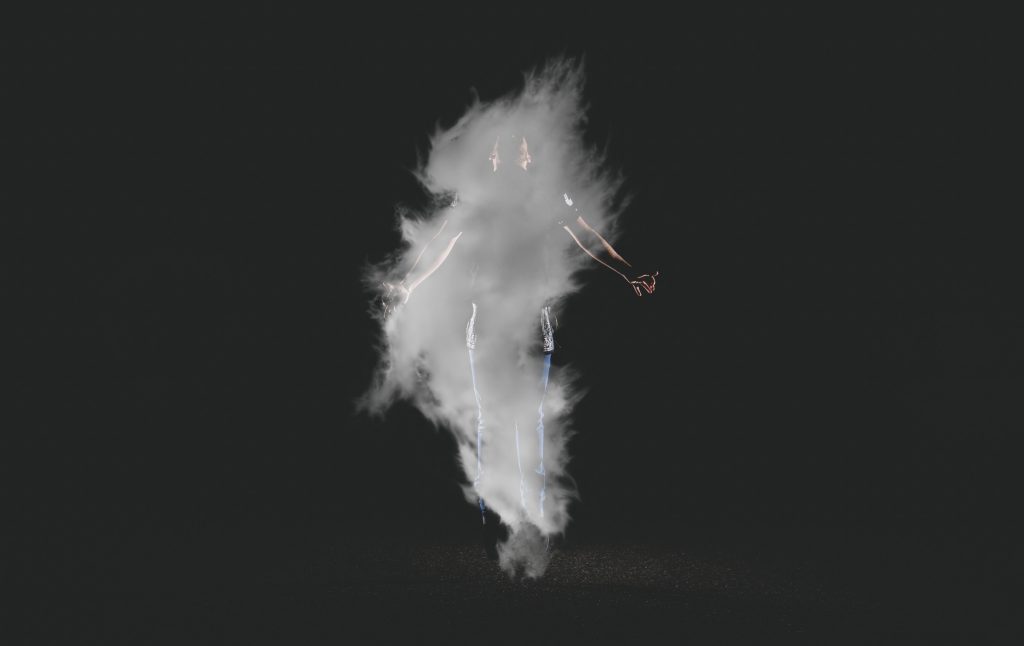This post is also available in Dutch.
These experiences are called near-death experiences and occur when someone is in a life-threatening situation like a heart attack, shock, or another kind of intense trauma to the body. We can assume that these experiences are caused by mechanisms in the brain rather than the mind leaving the body. It is difficult to systematically study near-death experiences because it involves people on the verge of dying, which does not happen during an MRI or EEG. However, we can get important insights from what is happening in the brain by studying experiences that are very similar to how people describe their near-death experiences.
Chemicals and brain activity
When someone is dying, the blood flow to the brain stops. This means that there is no oxygen which is what the brain needs to function. Lack of oxygen to the brain can be induced in other ways too, like when hyperventilating or choking, which is easier to study. When deprived of oxygen, people report experiencing tunnel vision, peacefulness or floating out of their body. This sounds similar to descriptions of near-death experiences, and could be caused by changes in brain activity, resulting from a lack of oxygen. For example, stimulating the temporoparietal junction has been found to induce the feeling of being outside of your own body.
Not only changes in brain activity but also changes in the chemicals in your brain could explain what is happening. Many experiences described by those who have taken hallucinogenic drugs sound similar to near-death experiences: the feeling of leaving one’s body, being at peace, or in a dream like state. It is likely that the brain also floods with hallucinogenic substances during near-death experiences. In a study with rats it was found that brain concentrations of DMT (a hallucinogenic compound that exists innately in the body) spike during cardiac arrest.
Psychology and trauma
Psychological mechanisms of responding to traumatic and life-threatening situations could also explain why people have near-death experiences. It is common for people who have survived trauma to experience something called dissociation, which is when your conscious experience becomes separated from your physical experience. A common and less intense example of this is daydreaming, but an extreme version of this is having an experience of feeling like you have left your body. People who have had a near-death experience also report more disassociation than those who nearly died without having the near-death experience.
Near-death experiences are, after all, not those experiences of the mind roaming free when the body is dying. When the flow of blood and oxygen to the brain stop, the brain reacts to this in several ways and causes what is most often described as the incredible experiences explained above.
Author: Viola Hollestein
Buddy: Julija Vaitonyte
Editor: Ellen Lommerse
Translation: Wessel Hieselaar
Editor translation: Brittany van Beek
Image by Josh Marshall via Unsplash
